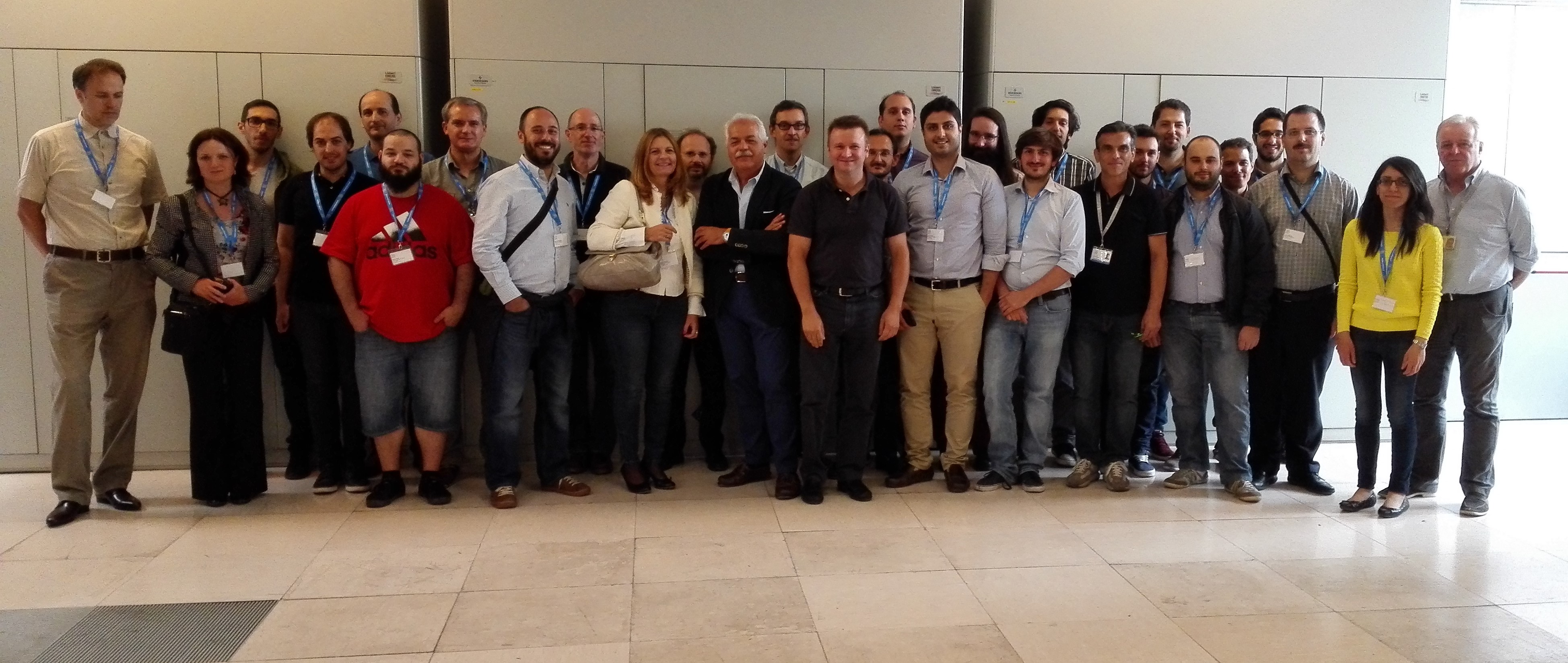Within the European project named Antarex, Sygic in cooperation with its project partners is creating a prototype of a new navigation system, which combines server and local routing to come to an unprecedented quality of navigation.
The aim of the new navigation system is to provide the best possible navigation experience using periodically refreshing route calculations backed by a proprietary predictive traffic. Important technological contributions are a minimalistic consumption of internet bandwidth, and an exploitation of an adaptively performant supercomputer capable of serving thousands of routing requests a second.

The navigation usecase challenges implementation for Smart City solutions envisioning a central and knowledgeable routing server, which collects and fuses all useful data sources, with emphasis on local traffic knowledge as well as including driving events (like acceleration and braking) from navigated vehicles. All this data are used for routing calculations seeking for the most optimal utilization of a global network within a city area.
The new server routing system with its interface is architected with regard to an interoperability so that any client navigation device capable of accepting routes from external system and contributing to the traffic knowledge can connect. Sygic navigation will be the first to comply with this interface
„This navigation system goes beyond GPS navigations as we know it now. It seeks to provide routes with regard to a global optimum for a city, not just for individual benefits of drivers. Moreover we envision a performant central routing point open to absorb plentitude of local traffic knowledge. The challenge is how to engage maximum number of vehicles into the system, which is we want to help with an open routing interface, which finally would be in a possession and control of a city,“ says Radim Cmar, Business Architect at Sygic.
EU Antarex project context
The IT4Innovations National Supercomputing Center in Ostrava contributes with their powerful heterogeneous High Performance Computing (HPC) system to support predictive traffic calculation and server routing.
The partners from Politecnico di Milano, U.Porto University of Porto, ETH University of Zurich and Inria research center of Rennes, contribute with their algorithm optimization methodologies to be applied to optimize internet data transfer, and the server routing computation for energy efficiency of the HPC systems.
„The main goal of the ANTAREX (AutoTuning and Adaptivity AppRoach for Energy efficient eXascale HPC systems)project is to provide a breakthrough approach to express application self-adaptivity at design-time and to runtime manage and autotune applications for green and heterogenous High Performance Computing (HPC) systems up to the Exascale level.“

ANTAREX Group Photo at the Kickoff Meeting held in September 2015 at CINECA (Italy).
Source: www.antarex-project.eu
To learn more about Antarex project click here.
